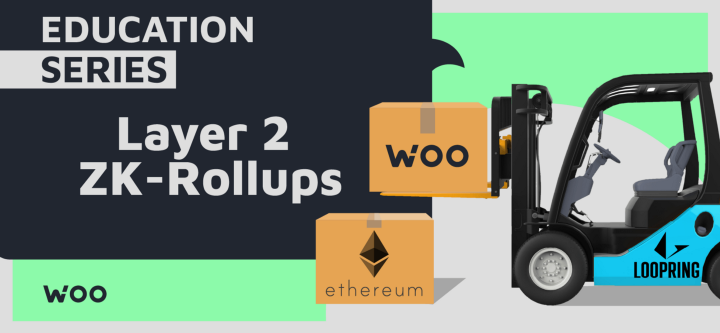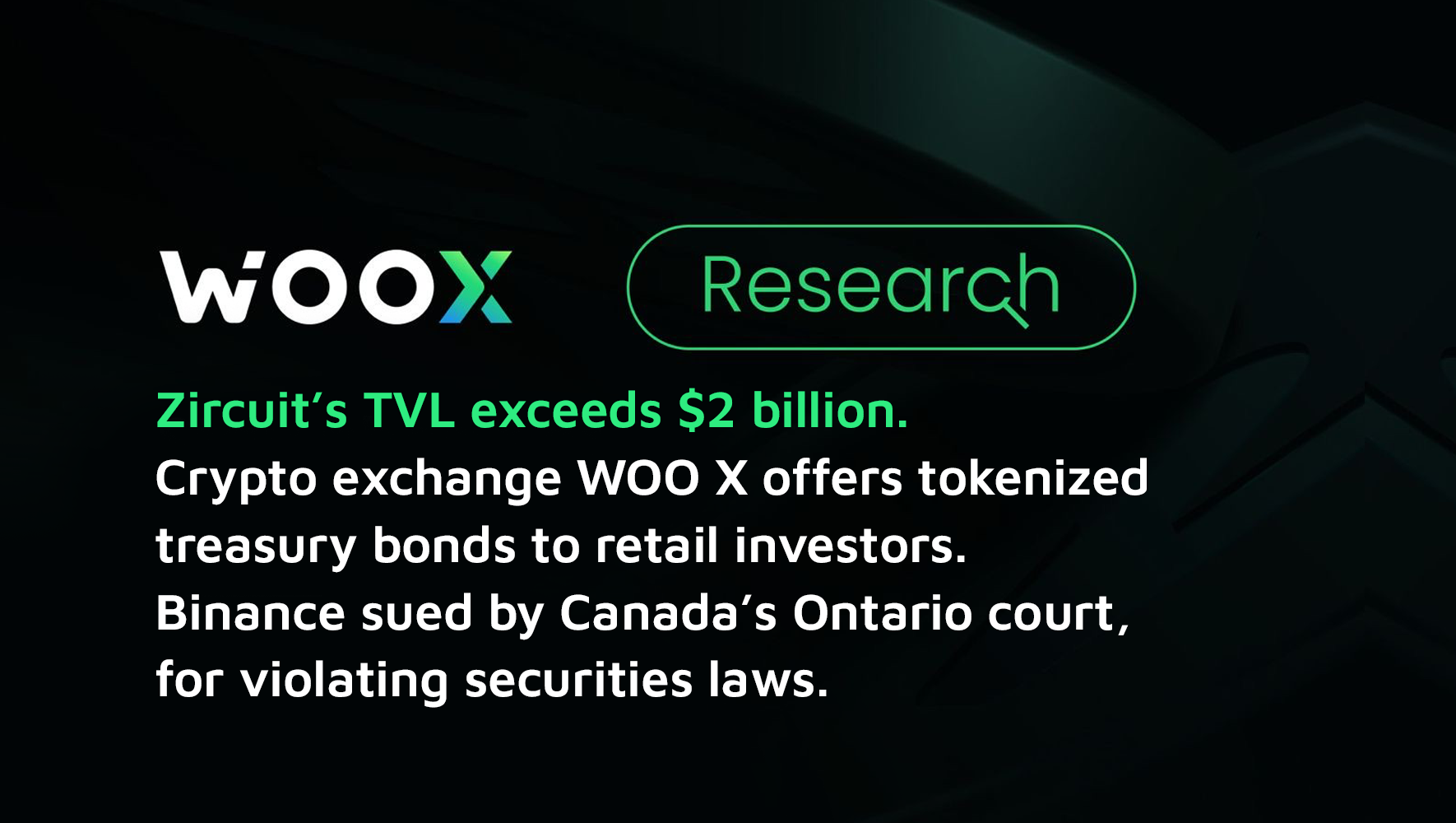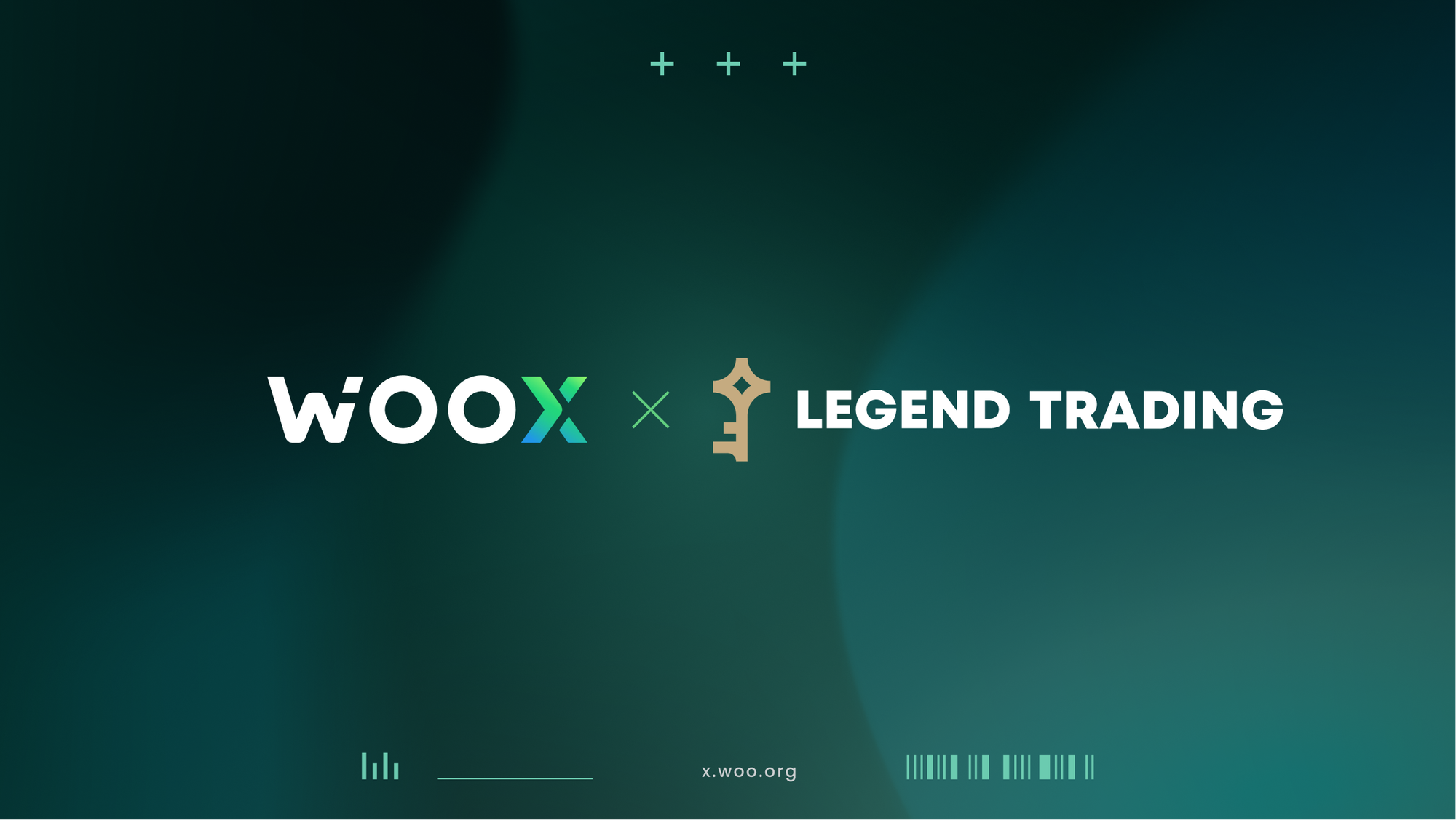A closer look at the technology saving gas fees and speeding up transactions for the Ethereum blockchain.
Transactions on Ethereum are hitting an all-time high, which on an ordinary network, might be really good news. For the regular Ethereum user, however, the result can bring some unwanted consequences: sky-high gas prices, longer transaction times, and higher transaction costs.
Scaling up Ethereum’s throughput has always been a hot topic, and is one of the primary design goals for the upcoming “Ethereum 2.0 upgrade” that is gradually being implemented.
Source:https://etherscan.io/chart/tx
Right now, the best solution to scaling Ethereum is Layer 2 (L2) scaling solutions. Even when ETH 2.0 is launched, L2 will always provide a valuable service, as a variation of Parkinson’s law says that data expands to fill all available bandwidth.
Note:
Layer 1 (L1) refers to the “mother” blockchain, such as Ethereum or Bitcoin.
Layer 2 (L2) is a scalability solution that is built alongside or on top of the mother blockchain to speed up transactions.
Layer 2 simplified:
L1s can be thought of as your basic roads, everyone uses them to get to a destination and they easily get congested. In real life, you also experience an increase in costs, as the time spent stuck in traffic is an opportunity cost, and also the gas burned while your engine idles away.
L2s, on the other hand, are like an expressway where speeds are fast and congestion is low, thus time spent going to a destination is reduced drastically and gas isn’t burnt just sitting in traffic. Like expressways, L2s can be accessed by using onramps and interchanges to get to your destination.
So what is Loopring?
Loopring is an L2 solution and decentralized exchange (DEX) that solves the problem of high transaction fees and a low throughput on Ethereum.
This allows performance on par with that of centralized exchanges without the need for people to give up custody of funds or to go through lengthy and invasive KYC processes.
Loopring is based on ZK (Zero-Knowledge) Proofs that moves mostly on-chain computation to cheaper off-chain solutions; while still managing to keep the same security that we come to expect from blockchains.
Intro to ZK Proofs
Zero-Knowledge (ZK) is simply a way to prove to another party that you have knowledge of something without revealing what that information is.
The two parties are known as:
Prover — party that seeks to prove a value without the need to reveal information, this is usually done through a process or a series of calculations to prove to the verifier that she has the information that is needed
Verifier — party that seeks to verify a value submitted by the Prover is valid.
ZK proofs are used to prove to the main chain (Ethereum), that transactions performed on the faster off-chain system are valid. In real life, this is akin to someone saying that she (the Prover) knows the password to a vault without actually revealing what the password is to you (the Verifier). In this case, all the Prover has to do is to successfully enter the password (but shield the keypad from your eyes) and open the vault to show that she indeed knows the password.
You (the Verifier) on the other hand, having witnessed the opening of the vault, can then verify that she knows the password, without knowing the password yourself.
A more detailed description of how this is done is available in Loopring’s article:
Composability between Ethereum Layer 1 and 2
Onchain composability with layer 2 solutions poses some challenges. Doing things offchain is great for scalability, but…
medium.com
How do I get started?
Activating your L2 wallet and depositing on Loopring is an experience that is better than depositing on CEX as you don’t have to figure out your correct exchange deposit address, risk “fat fingering” a transaction, sending to a wrong address, or not including the deposit memo in your transaction. You just use the same Web3 wallet (such as MetaMask) that you are using for all your transactions.
It only takes 3 transactions to activate your L2 wallet over at Loopring.io:
Approval of initial deposit and transfer of an asset (such as WOO or ETH) from L1 to L2 (Small gas fee).
Transfer of asset to the Loopring smart contract (Moderate gas fee).
Unlocking the L2 wallet (Free).
Like transferring to centralized exchanges, there needs to be some time to confirm the deposit. In this case, it’s 18 blocks ~(3.9 mins) to confirm transfer from L1 to L2.
Once on Loopring’s Layer 2, swapping and trading are done without the need to sign any transactions. Trades, swaps, and pooling are done with the speed of a centralized exchange. Again, it’s no longer necessary to complete KYC processes or trust in a centralized entity to manage your assets.
The traditional order book style exchange is available as well as Uniswap style swaps with liquidity pools.
The Wootrade team believes that L2 will be an integral part of the on-chain trading market and as it grows, significant volumes will move to L2 from both the centralized and decentralized finance world. The WOO token’s listing on Loopring opens up a world of possibilities as we continue to explore and extend our reach outside of our connections into the DeFi space. This is in line with our vision of connected liquidity across all markets, which ensures that our world-class liquidity and a better trading experience is available to everyone.



